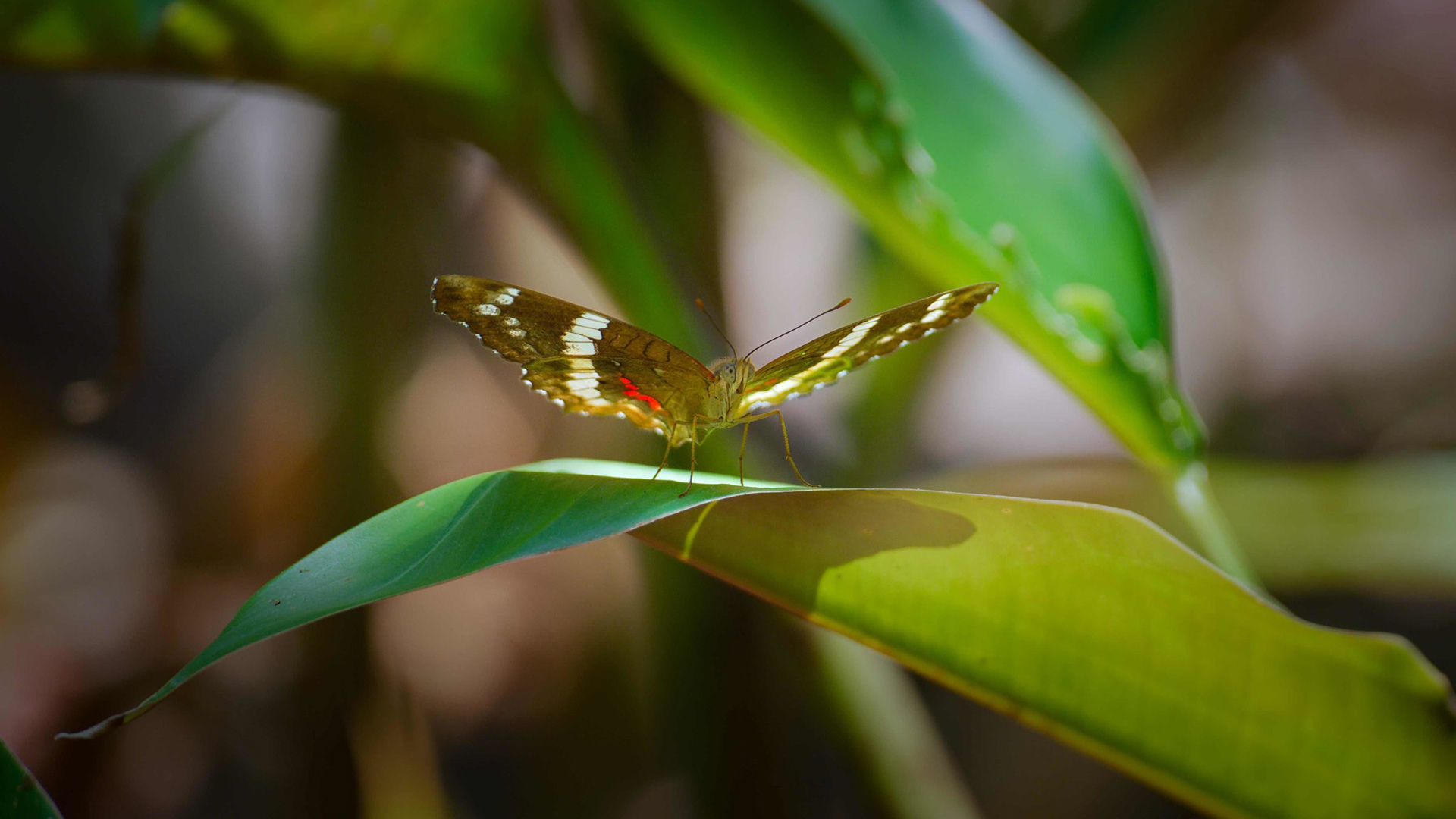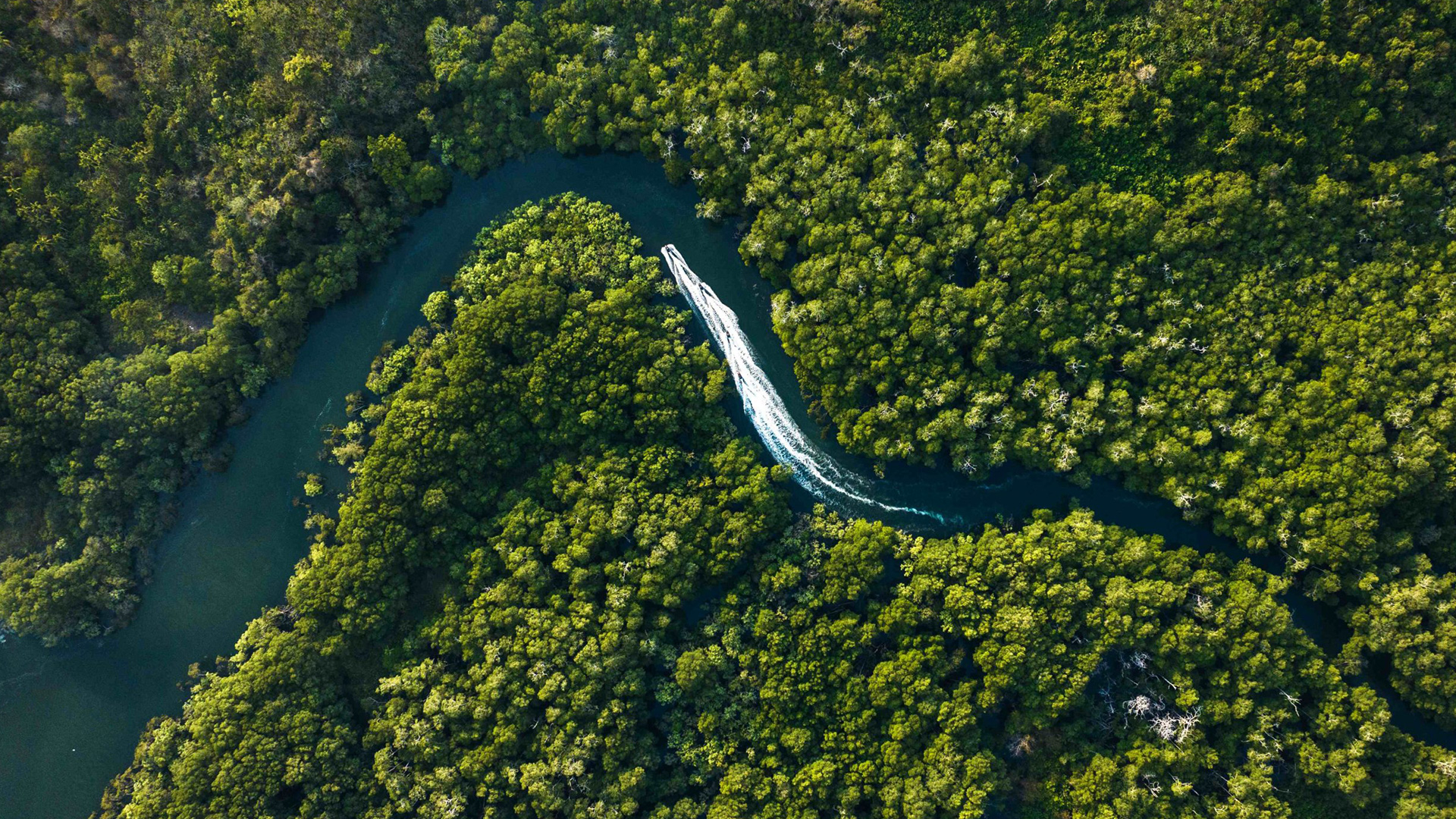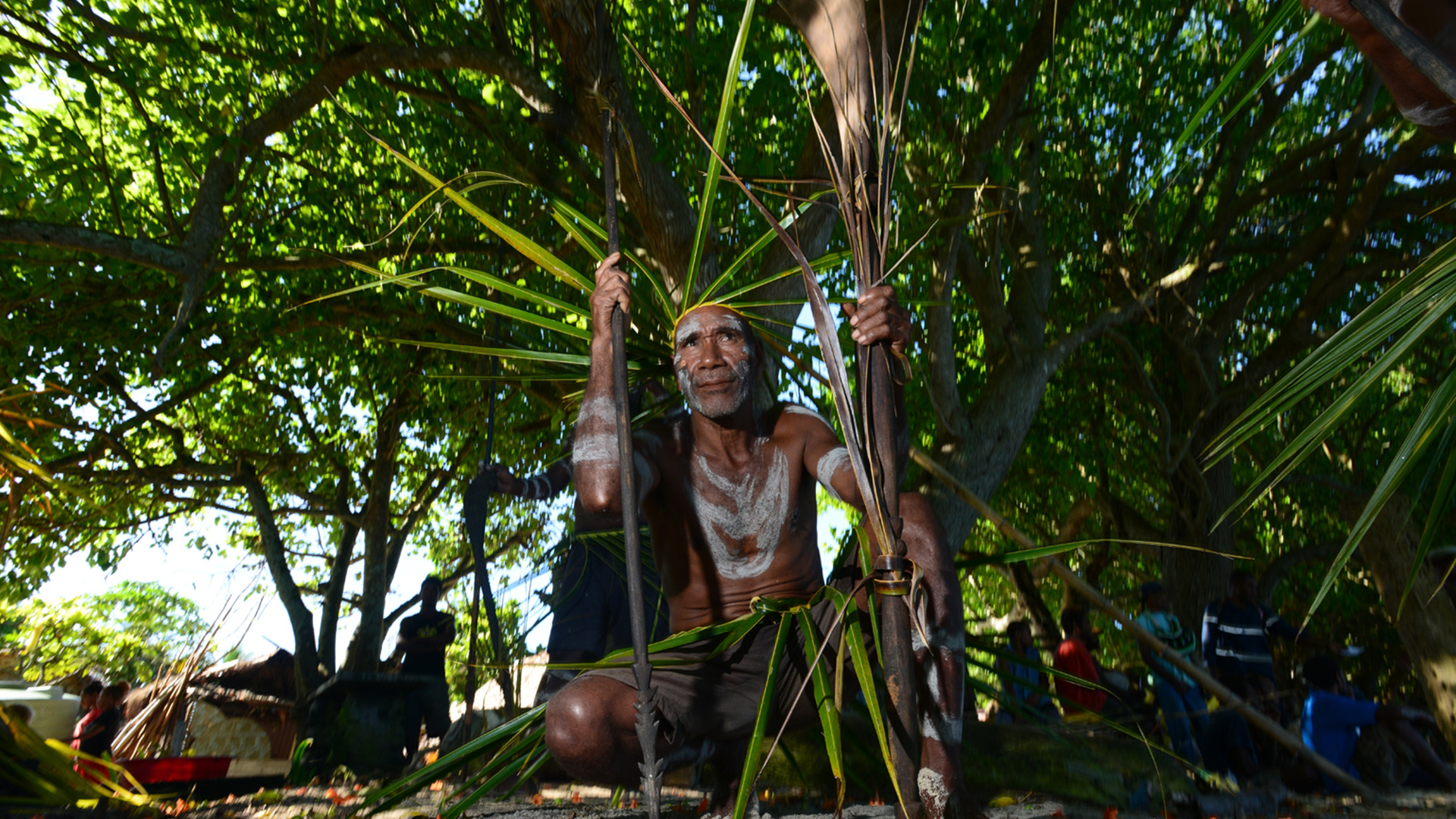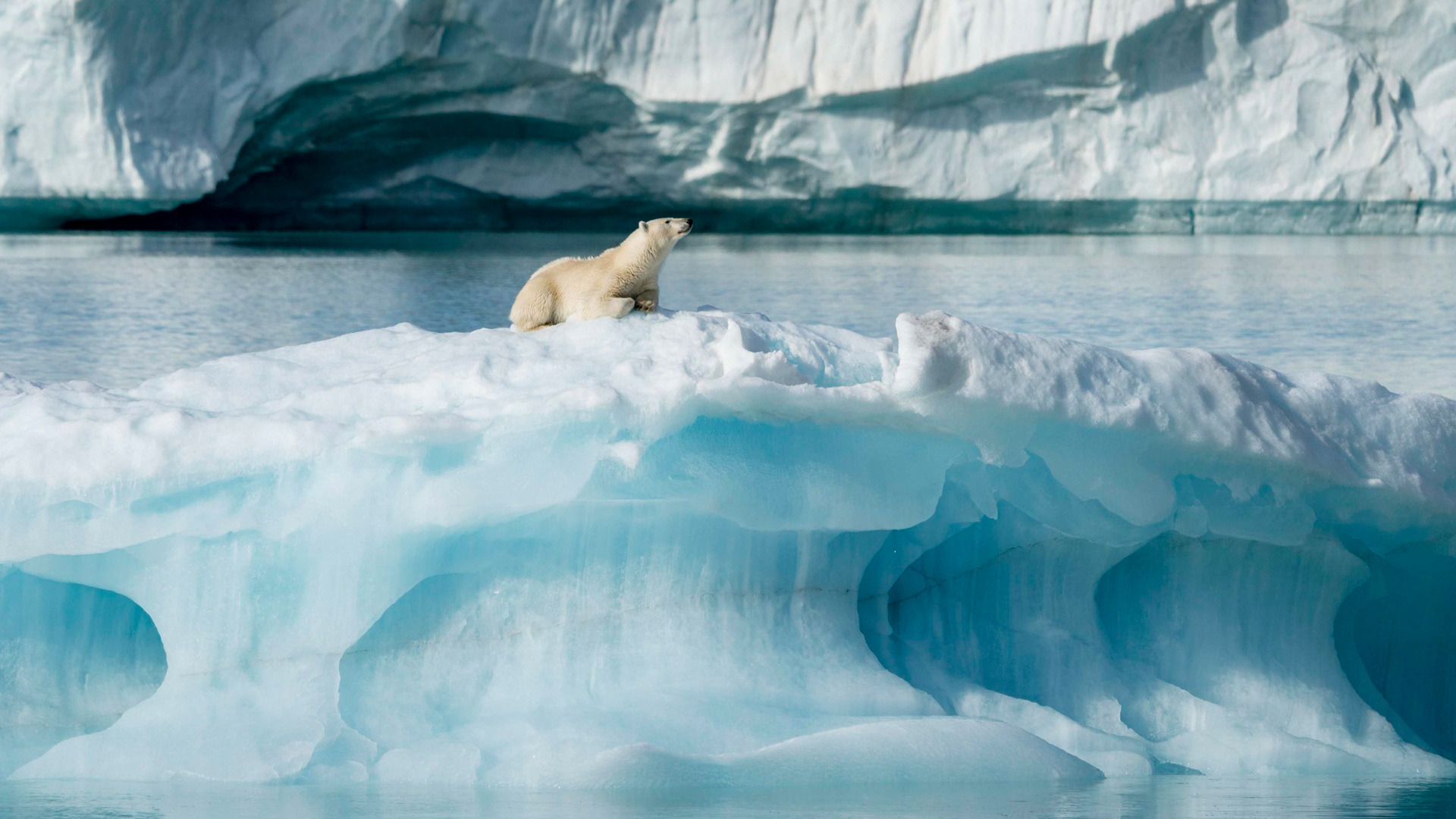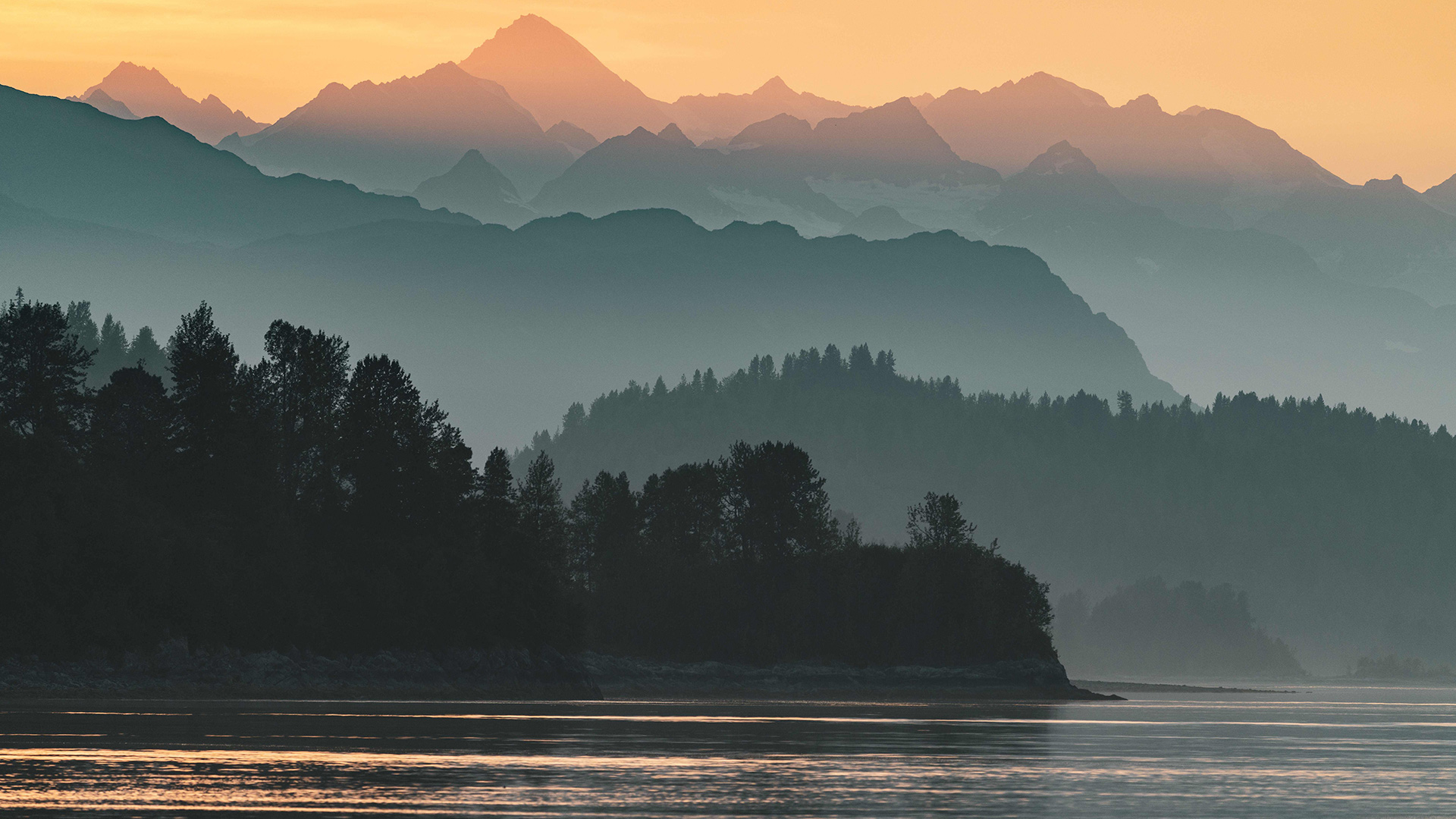The first country to reverse deforestation, Costa Rica is showing the world how the conservation of nature is not a burden, but a sustainable model for prosperity for all. In the process, it has positioned itself among the most exciting destinations for modern adventure travelers.
Nestled in the tropics of Central America, Costa Rica has long been hailed as a jewel of biodiversity and adventure travel, where lush rainforests, pristine coastlines, and abundant wildlife converge. In spite of its small size, the nation has emerged as a global leader in conservation, offering valuable lessons in effective sustainable development, providing frameworks for efforts elsewhere, and preserving one of the world’s most exciting ecotourism hotspots.
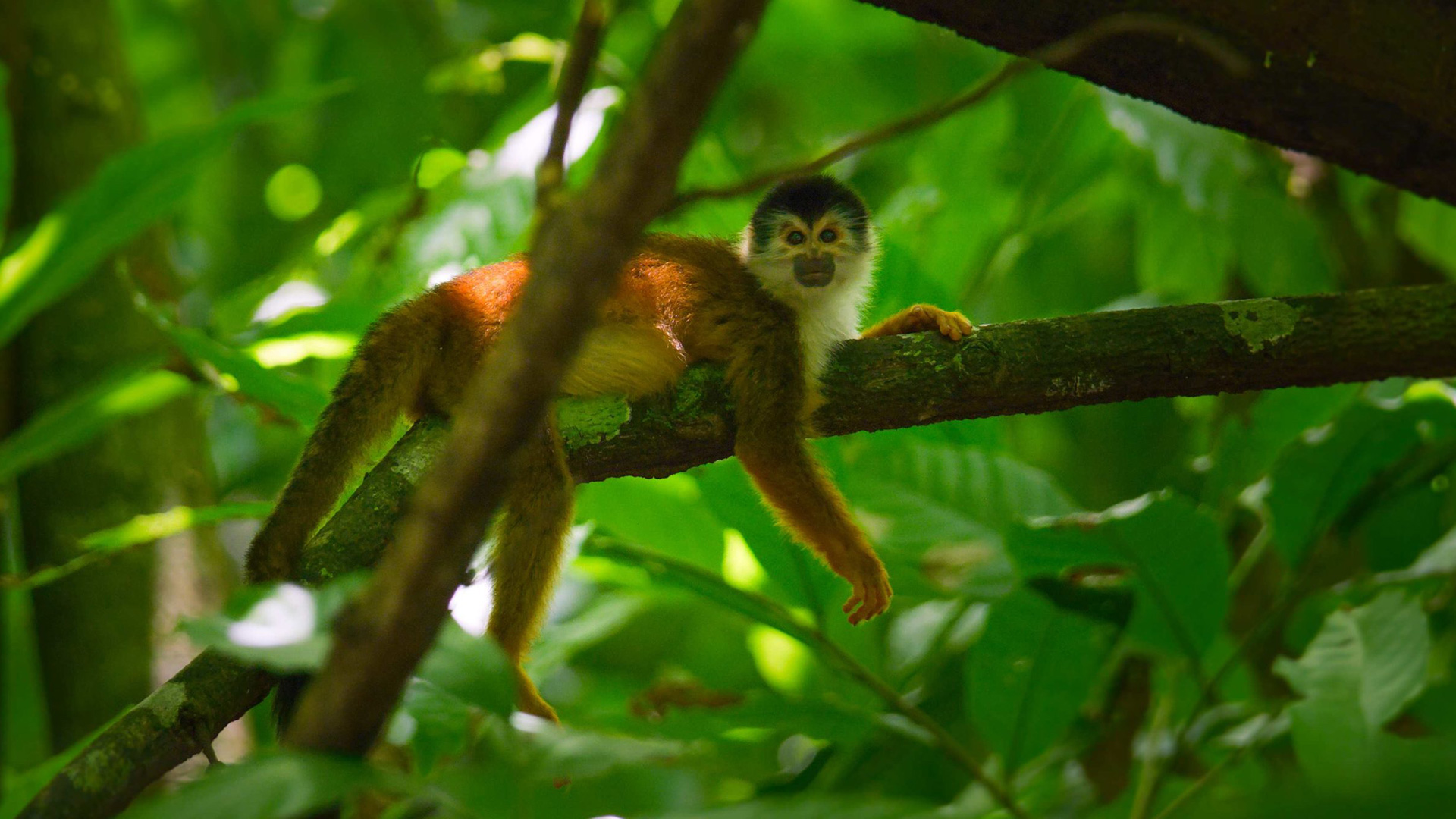
Costa Rica is most known for its dense rainforest and, early in the 1990s, leaders quickly recognized the threat deforestation presented to this delicate ecosystem. The local government introduced Payment for Environmental Services (PES) programs, offering financial incentives to landowners who conserved their forests. This visionary approach has successfully reversed the trend of deforestation, leading to a 20% increase in forest cover in the 30 years since. Now, through the combined efforts of the government and NGOs, over 25% of Costa Rica’s territory is designated as protected land, encompassing national parks, biological reserves, and wildlife refuges. The result is an ecotourist’s dream destination.
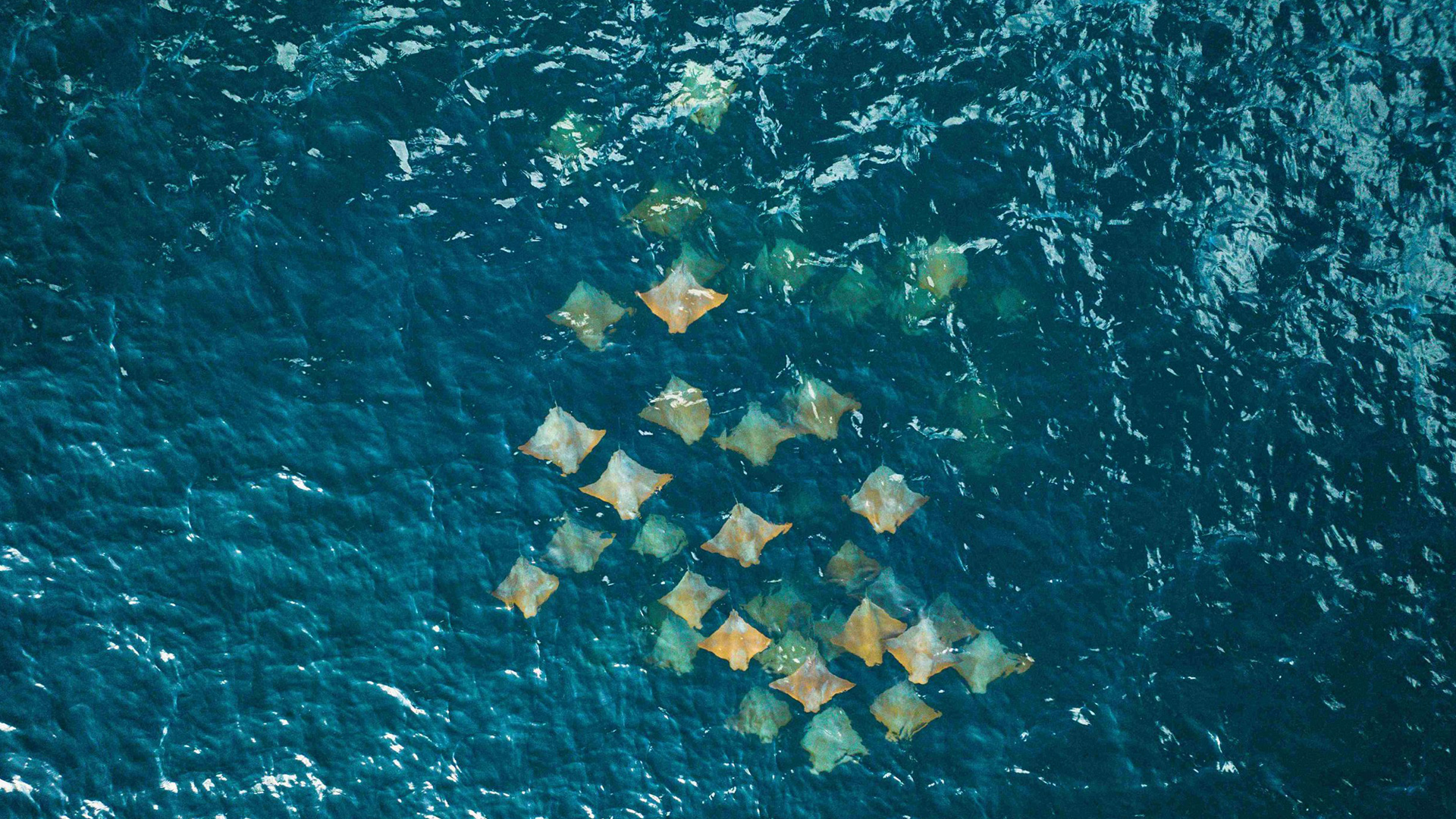
Corcovado National Park, the country’s largest national park, is widely considered the crown jewel in this extensive system of parks and reserves. The park protects the largest primary forest on the American Pacific coastline and one of the few remaining sizable areas of lowland tropical forests in the world.
The commitment to conservation extends far beyond the rainforest, though, embracing the diversity of its coastal waters as well. Recognizing the crucial role of coral reefs in marine ecosystems, the country has established marine protected areas and implemented strict regulations on fishing practices.
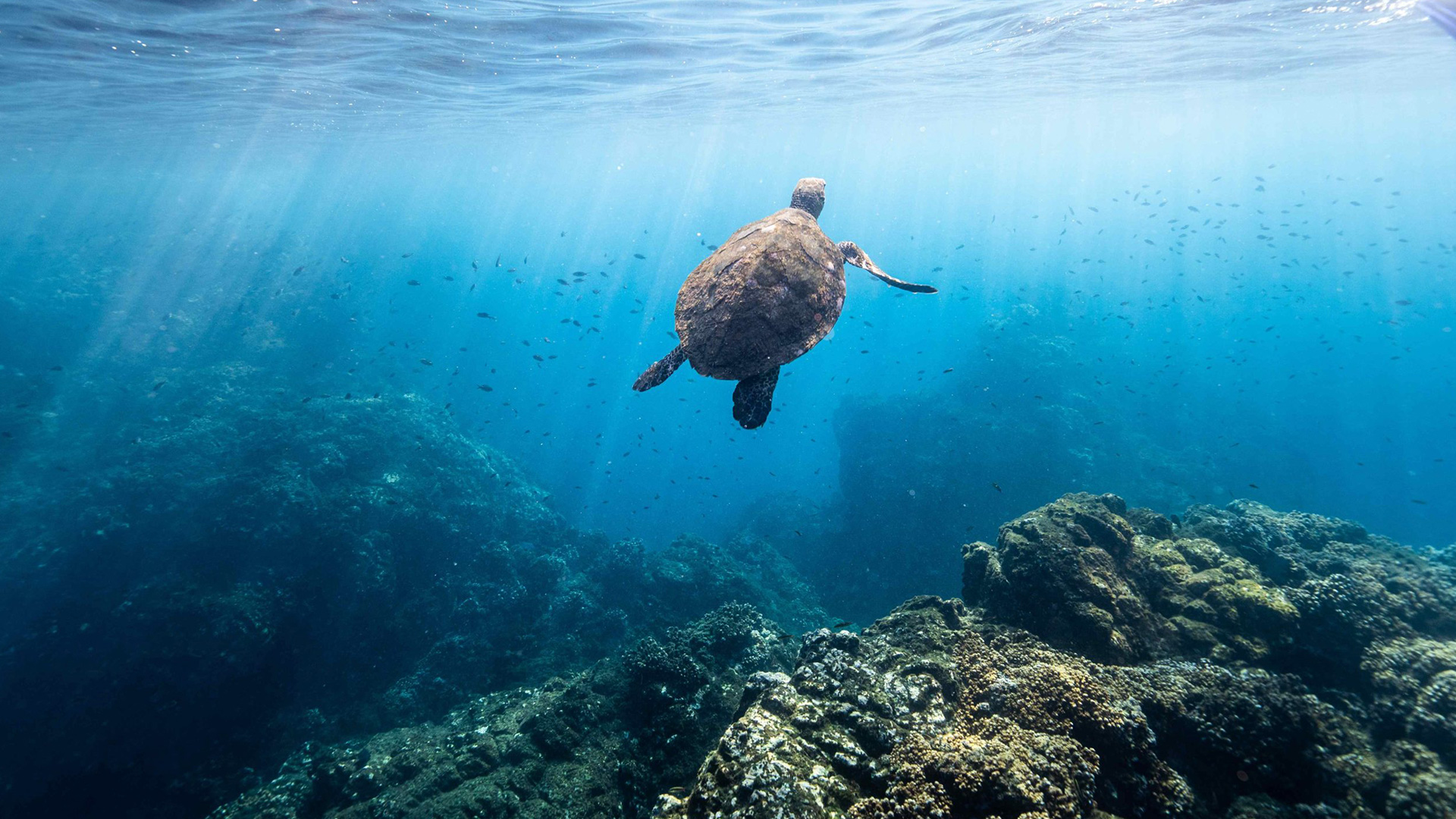
The Cabo Blanco Absolute Natural Reserve, created in 1963, stands as Costa Rica’s first protected marine area and has played a pivotal role in safeguarding the health of the surrounding marine life. Furthermore, initiatives like the Gulf of Papagayo and the Cocos Island Marine Conservation Area provide sanctuaries for a wide range of marine species, including sharks, turtles, and countless vibrant fish species.
These diverse ecosystems provide refuge to countless endangered species and have resulted in significant biodiversity milestones. Take for example the iconic quetzal, jaguars, sea turtles, and numerous avian species that have all experienced population recoveries due to the country’s decades-long concerted efforts – a strong contrast to other regions in the world where the trend is overwhelmingly in the opposite direction.
The combination of a tropical biodiversity hotspot and a strong commitment to the natural world have made Costa Rica an unparalleled destination to explore the natural world.
